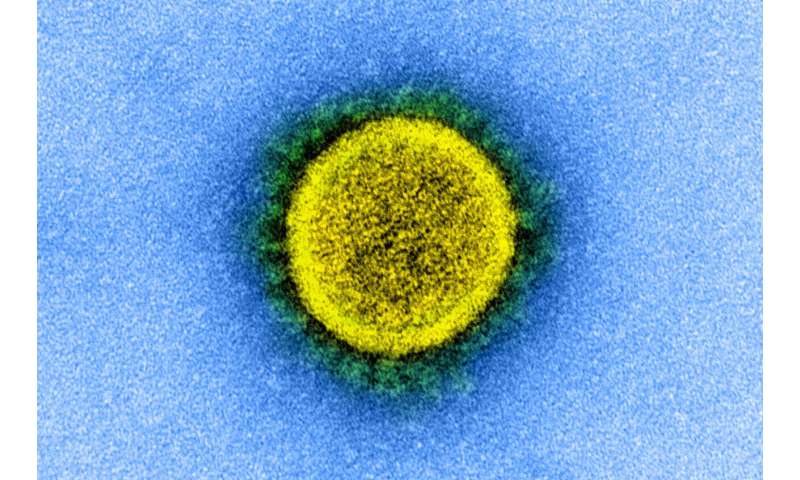Study involving seven children’s hospitals shows COVID-19 typically mild in children


In the largest U.S. study of its kind to date, researchers at Children’s Hospital of Philadelphia (CHOP) and other PEDSnet sites report that of more than 135,000 pediatric patients tested for SARS-CoV-2 in pediatric health systems, 4% tested positive for the virus. However, the researchers also found patients from ethnic minorities, adolescents, patients with history of public insurance, and those with certain underlying medical conditions were more likely to test positive. More severe disease was seen in 7% of children with positive tests, with similar risk factors.
The data from children’s hospitals in PEDSnet paint a detailed picture of the pandemic’s evolution among children, permitting rapid assessment of regional changes as well as the impact of different diagnoses or treatments.
The findings were published today in JAMA Pediatrics.
“While the overall risk is low in this group of children, we see significant disparities in those who are testing positive and developing severe disease, which follows what we see in adults,” said Hanieh Razzaghi, MPH, Assistant Director of the PEDSnet Data Coordinating Center at CHOP and co-first author of the paper. “Future studies need to evaluate to what extent the higher rate of positive test results reflects different testing strategies across patient groups, as well as different social determinants of risk, like exposure to air pollution and likelihood of family continuing to work at in-person essential jobs. Similarly, it is important to understand differences in the biology of infection that cause different rates of symptoms between patients, so we can best protect children at higher risk.”
In collaboration with six other large children’s health systems through PEDSnet, a national pediatric health network comprising over 7 million patients, the researchers examined electronic health records from 135,794 pediatric patients who had been tested for SARS-CoV-2 up to September 8, 2020. Of those tested, 5,374 (4.0%) were positive for the virus.
The researchers noted that although Black, Hispanic and Asian patients were less likely to get tested, they were two to four times more likely to test positive than White patients. Patients who were tested in the emergency department (ED) or an outpatient site or had been insured by a public insurance program such as Medicaid at some point were also more likely to test positive.
Patients with underlying long-term health conditions including cancer, endocrine conditions such as diabetes, and several other types of chronic illness, were also more likely to test positive for SARS-CoV-2. However, the researchers noted that those with respiratory conditions did not have a higher risk of testing positive for the virus, and in fact those with asthma were less likely to test positive.
Of the 5,374 patients who tested positive, 359 (6.7%) developed severe illness that required hospitalization with respiratory, cardiovascular, or COVID-19-specific symptoms. Of those, 27.6% required intensive care and 9.2% required mechanical ventilation. Overall, 8 patients who tested positive died, resulting in a case fatality rate of 0.15%. This was strongly associated with having multiple complex preexisting conditions in the health system.
The researchers found that patients with Black race/ethnicity, age of less than a year or greater than 12 years, and history of public insurance were one and a half to three times more likely to develop severe disease. Patients with a progressive long-term medical condition were nearly six times as likely.
Because the researchers derived the data from electronic medical records, looking for patients who had been tested for SARS-CoV-2 at PEDSnet centers, the patients in the study were limited to those whom participating centers chose to test, whether the patients were symptomatic or needed screening before an inpatient admission or procedure. Thus, the study did not include a random sampling of pediatric patients. However, the researchers noted this limitation was balanced in part by examining both testing rates overall as well as rates of positivity.
Source: Read Full Article